How Not to Leave the Arctic Circle
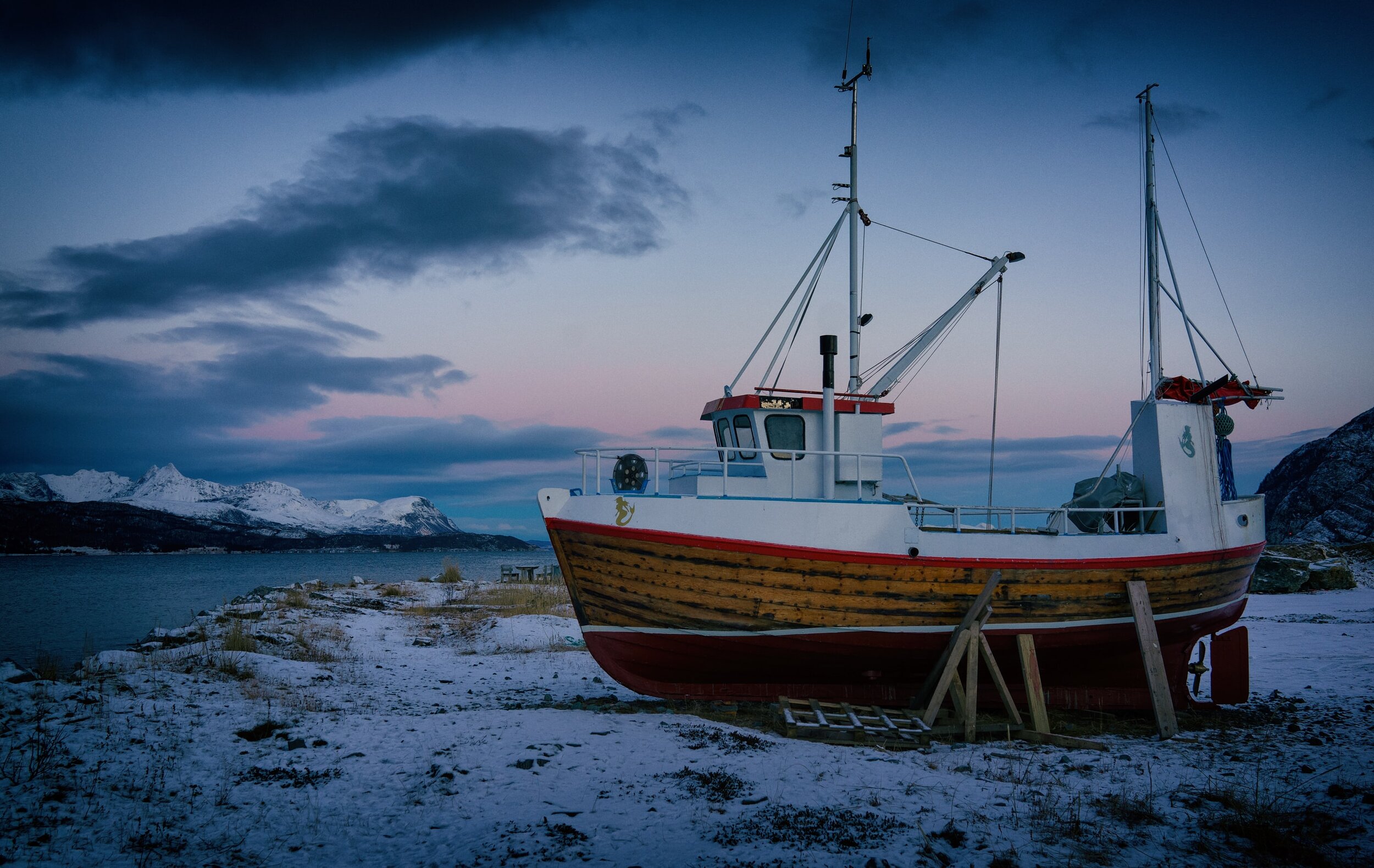
Halfway through my 18-hour train ride down to Oslo, the conductor asked for our attention. Over the loudspeakers, he announced that in a few minutes we’d be crossing out of the Arctic Circle. “On the left side, you will see a statue that marks the line.” I’d already looked up from reading my copy of Ursula K. Le Guin’s iconic novel, The Left Hand of Darkness. My eyes landed on the Norwegian father and his preteen daughter seated across from me; he’d been sleeping while she bathed in an I-pad’s icy glow. For hours we’d remained totally silent. I couldn’t help but feel as strange to them as an alien arrived on their snowy, Scandinavian planet: hungry, anxious, in search of connections. Now, like me, the two of them were also looking up with expectation.
I’d spent the past two weeks solo-traveling through the Arctic to conduct research for a novel. To go that far north in February—farther north than most of Alaska and Siberia—brought me to a frontier where the only two seasons were green winter and white winter. Seeing barely six hours of sunlight a day, I’d inhaled the isolation and the darkness until they warmed me with strange possibility. Secretly, I also hoped taking this trip would answer some fundamental questions about my emotional endurance as well as my long-standing loneliness.
Naturally, all my experiences here I’d shared with strangers and strangers only. I’d attended a metal show where I befriended a Norwegian graphic designer. I’d ridden in a dogsled with a Berliner who worked in military weaponry. I’d witnessed the Northern Lights under a full moon while trying not to catch the flu from a Latin American expat. But I couldn’t decide if strangers had enhanced these moments or watered them down. Were the memories more profound and lasting because I wasn’t the only witness? I wanted to live as long as I could on the fumes of this journey; yet, I’d long feared I’d settled into a process of ever-trading hundreds of hopes for a single memory.
“I couldn’t explain why this polar plane filled me with equal parts longing and belonging; I’d grown up in South Carolina where most ice came in sweating glasses of sweet tea.”
Out the window that kept fogging from my closeup breaths, I watched pass the same white expanse. This part of the world inspired me by how it continued to endure: ice, snow, rock, cold. Each day in its presence, from me fled all stress and darkness. I’d never breathed with more revitalizing life than I did in the Arctic.
But as we neared the line of no return, my breath shortened. I shivered all over. With each southward rumble of the train, I felt more and more hollowed out. Then I recognized the feeling: grief. Stop, I wanted to tell it, Stop right there, as if I had any power to halt what was already in motion. I couldn’t slow the train and prolong my time in the far north. Nor could I stave off this feeling flooding my body. It reminded me of walking away from my childhood home for the last time, worrying all memory would vanish as soon as I did. Every other house into whose windows I peeked would fail to show me in its future, every pane of glass clouded with that very particular grief: the one that belonging leaves in its wake, like a sky filled with smoke from a train no longer visible.
To fight this new pain, I tried reading again. I came across this passage in Left Hand: “As all the stars may be reflected in a round raindrop falling in the night: so to do all the stars reflect the raindrop.” Outside, the endless fields of white turned cruel and grim. I thought of snowflakes. I thought of circles.
*
I’d first read The Left Hand of Darkness in college. The novel is about Genly Ai, a humanoid being who travels alone to the wintry planet of Gethen in order to create an intergalactic alliance. Genly quickly makes enemies who exile him to a remote prison until he escapes. With the help of a fellow political exile named Estraven, Genly must then cross the treacherous Gobrin Ice Sheet in order to reach safe territory.
The novel immediately drew me into its Ice Age world as well as into Genly’s co-interrogation of place and self. While on the ice sheet, Genly narrates: “I am not trying to say that I was happy, during the weeks of hauling a sledge across an ice-sheet in the dead of winter. I was hungry, overstrained, and often anxious, and it all got worse the longer it went on. I certainly wasn’t happy. Happiness has nothing to do with reason, and only reason earns it. What I was given was the thing you can’t earn, and can’t keep, and often don’t even recognize at the time; I mean joy.”
While reading, I craved to take Genly’s place. I wanted to journey across that remote ice sheet. I hoped to touch—if not be filled with—the joy he described. But why go to such extremes for something I couldn’t earn, keep, or even recognize? Back then, I couldn’t explain why this polar plane filled me with equal parts longing and belonging; I’d grown up in South Carolina where most ice came in sweating glasses of sweet tea. Encountering Left Hand and Le Guin for the first time was like looking at a frozen lake on a sunny day: I couldn’t stare too long without becoming blinded by brilliance. Yet, every time I risked a glance, I saw deeper into her landscape’s thoughtful, pixel-level details. As Le Guin said in the last interview before her death in 2018: “This is what a lot of mystical disciplines are after—simply seeing, really seeing, really being aware. Which means you’re recognizing the things around you more deeply, but they also seem new.”
*
Over fifty years after its publication, Left Hand still contains so many bright refractions of our own world: from dystopian regimes to ideological divisions to environmental degradation. Most importantly, in the face of these overwhelming challenges, her novel also creates room for optimism. Le Guin shows how hope can manifest in the darkest of settings; on Gethen, Genly finds ways to survive in the coldest political and ecological climates because he keenly takes note of his surroundings, from the fifty-below wind turning each breath into “a lungful of razors” to the nights of unexpected stillness: “a stillness as one imagines as existing before the stars began to form, or after everything has perished.”
Admittedly, it’s difficult not to transpose one’s emotions onto landscapes. The whole world quickly becomes composed of motivational posters. A rocky cliff? Humility. An endless desert? Perseverance. The poster with an iceberg actually reads: Perception—What you see is not always what you get. Yet, when it comes to photographs of the Arctic, many preemptively ascribe to them their anxieties of helplessness and loneliness. Before my trip, more than a few people asked me, without leaving room for an answer, “Why would anyone go there?” They’d already labeled my endeavor: Worthless.
However, this remote part of the world revealed in me that emotion Genly so humbly accepted while crossing the Gobrin Ice Sheet: Joy. Here, of all places, appeared my own motivational posters: Crawling out onto a frozen glacial lake? Joy. Sailing down a foggy fjord in below-zero weather? Joy. Watching the ocean’s waves claw up the side of a dark lighthouse with the wind threatening to blow me off a cliff? Joy upon Joy.
In Left Hand, there are several journal entries from Estraven, the Gethen exile helping Genly cross the ice sheet. In one entry, Estraven writes, “up here on the Ice each of us is singular, isolate, I as cut off from those like me, from my society and its rules, as [Genly] from his. There is no world full of other Gethenians here to explain and support my existence. We are equals at last, equal, alien, alone.”
Like Estraven, through my experiences with strangers—against both reason and expectation—I felt less alone and less despondent in the Arctic than in any other place I’d ever visited. Where others saw helplessness or loneliness, I’d learned from Le Guin that as long as I was willing to look—really look—I’d recognize what others might have missed, even if we were looking at the exact same thing.
*
Wanting to see the statue and wanting to never see it, I kept my face pressed up against the frigid train window. The daughter did this too. We wiped our wet breaths from the glass. Our reflections loomed dimly atop the snowfields like the ghosts of giants.
Finally, the statue slid into view.
Its base was a pyramid of stacked stones that could have been as tall as me or as tall as a house. Too far away to know, but close enough to want that knowing. On top of the pyramid, two vertical hoops created a hollow globe tilting on its axis. The whole thing looked on the verge of falling apart—this austere, otherworldly grave marker.
Wordless, the two of us stared at it passing by, as if it might move or change on some hidden cue. When it didn’t, we just kept staring. Until we realized it was already sliding away into the vast whiteness. Even then, we didn’t turn away. What you see is not always what you get.
Once the statue had fully vanished, I turned and caught the daughter looking at me. Her face the picture of curiosity, she seemed on the verge of asking me something. I wanted to do the same of her. Did she think of the Arctic as white wastes or hopeful hinterland? What was on her motivational poster? And what did she see when she looked at me—old joy or new grief? Because here we both were, having seen this same strange statue, equals at last but also cut off, singular, isolate.
Neither of us said a word. We left the moment uncaptioned. As Genly says early on in The Left Hand of Darkness: “to learn which questions are unanswerable, and not to answer them: this skill is most needful in times of stress and darkness.”
Having now officially passed out of the Arctic Circle, I saw the cloud of my grief in full: from it fell every snowflake I could never keep.
ABOUT THE AUTHOR
Alexander Lumans was awarded a 2018 NEA Grant in Fiction, which he used to visit and conduct novel research in the Norwegian Arctic. He also received a fellowship to the 2015 Arctic Circle Residency and he was the Spring 2014 Philip Roth Resident at Bucknell University. His fiction and nonfiction have appeared in The Paris Review, Guernica, Colorado Public Radio, Electric Literature, Gulf Coast, American Short Fiction, among others. He currently teaches at the University of Colorado Denver and Lighthouse Writers Workshop. His last story for OA was a "Letter to a Stranger" set in Pyramiden, Norway. You can find him on Twitter and Instagram at @oldmanlumans.
Read Lumans’s “Behind the Essay” interview in our newsletter.
Header photo by Vidar Nordli Mathisen



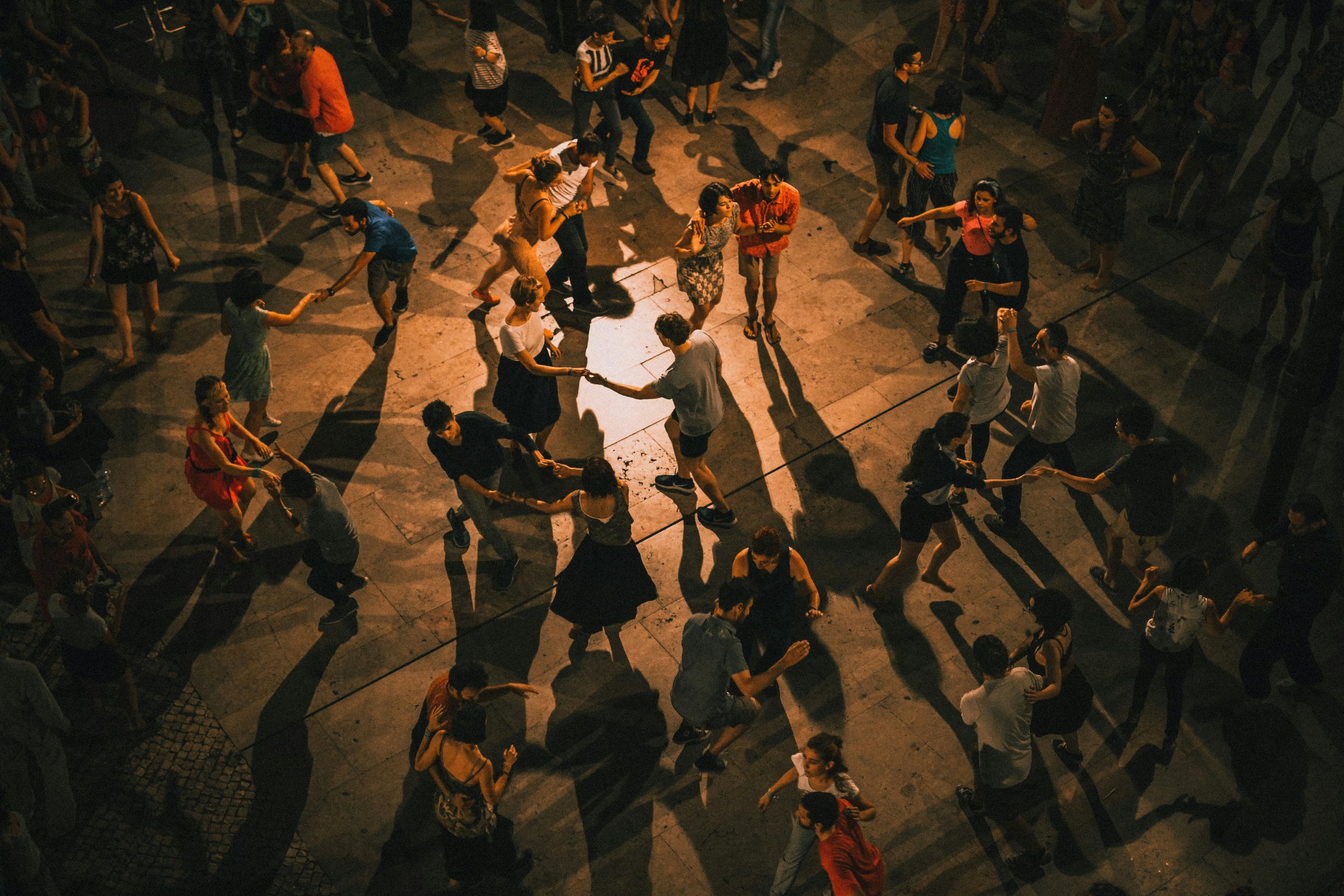
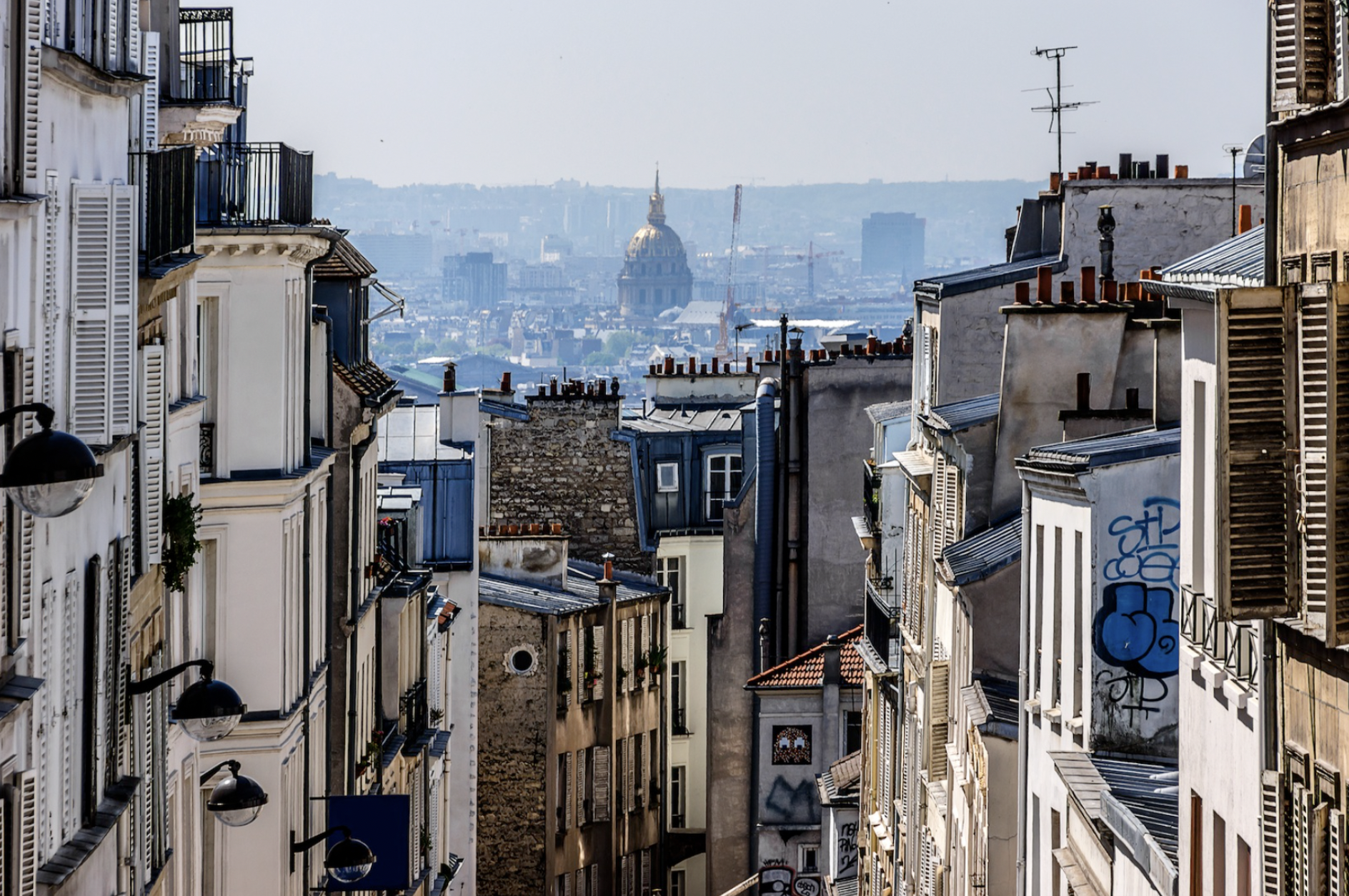


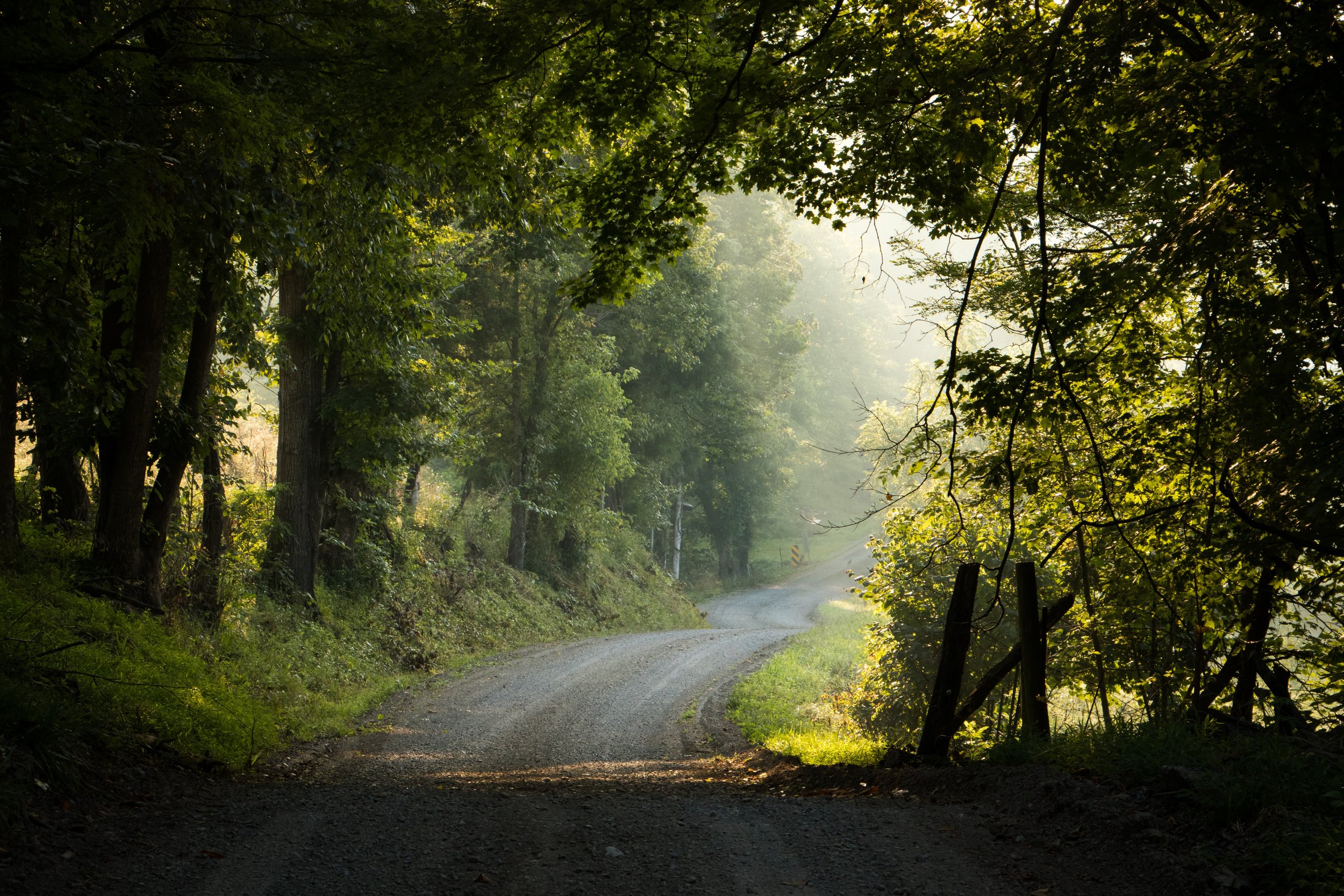

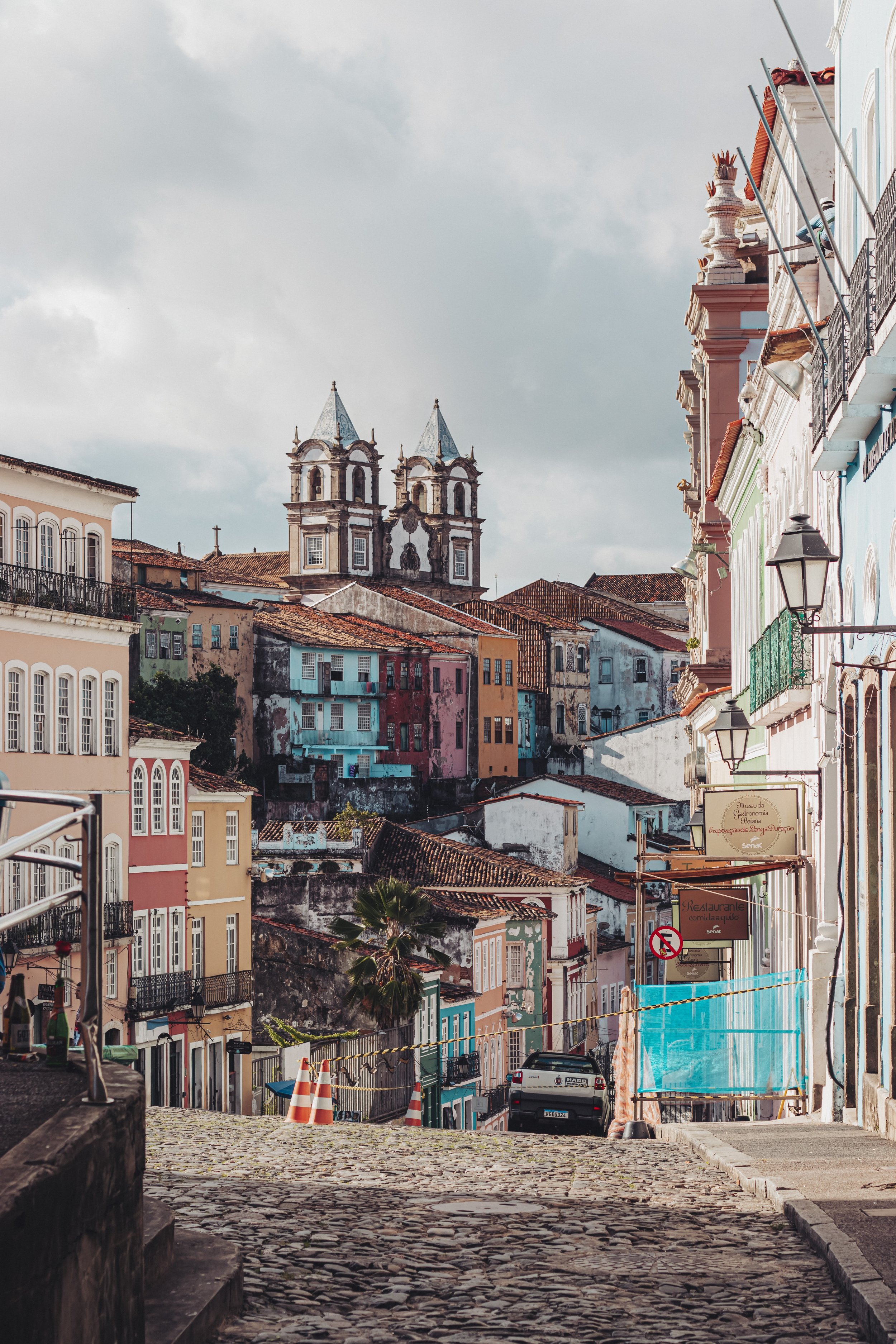
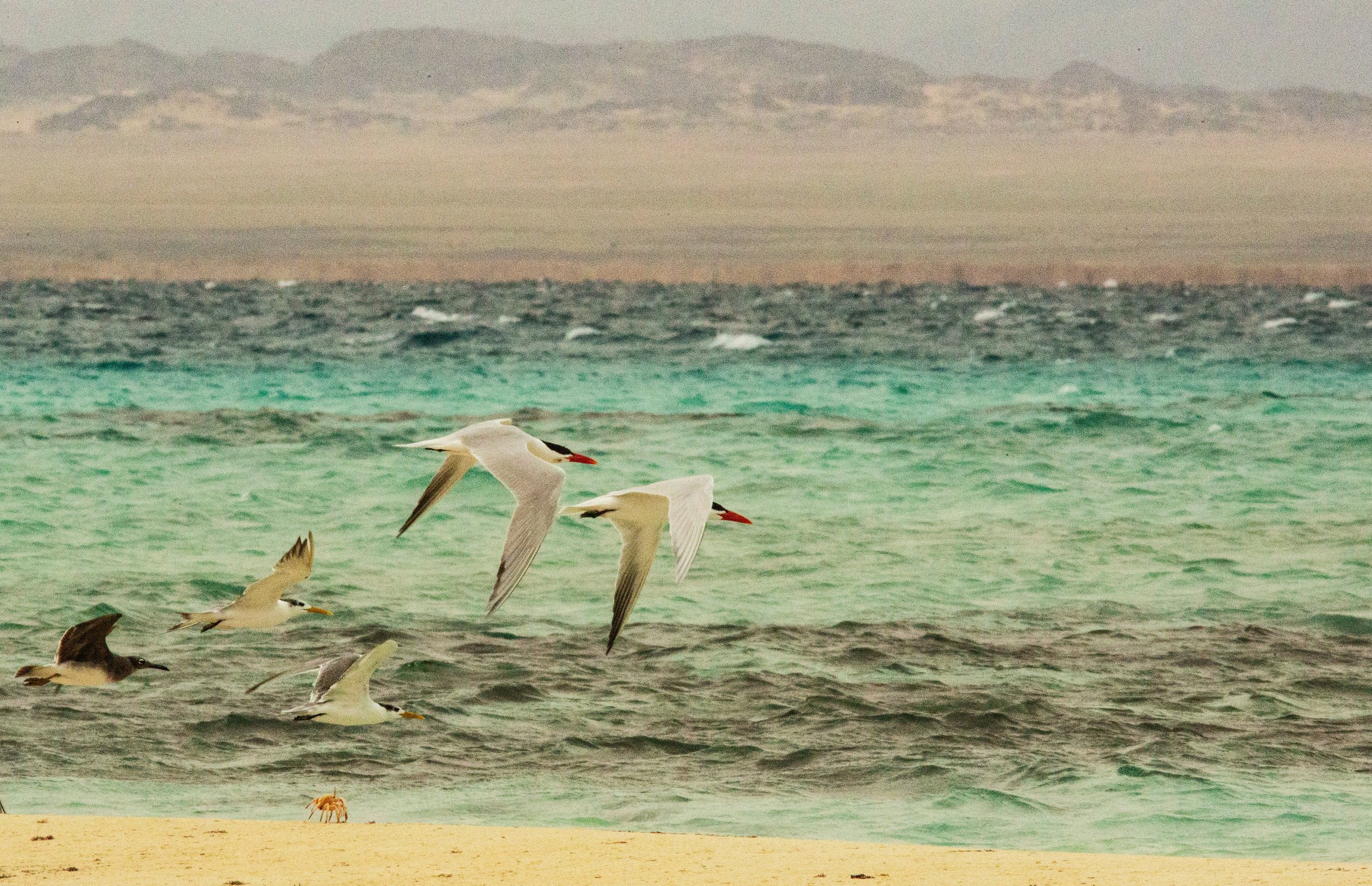
At the end of August 2023, I flew to Indianapolis where my friend, the artist Kate Parnell, picked me up in her mom’s silver Hyundai Sonata of late-90s vintage. It maxed out at 62 mph. Above the license plate, Kate had stuck a bumper sticker that read “Garfield from Memory,” the name of a four-year art project that had become her full-time job. The tagline: “The great thing about painting Garfield from memory is no one can tell you you’re wrong.”